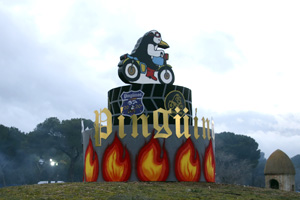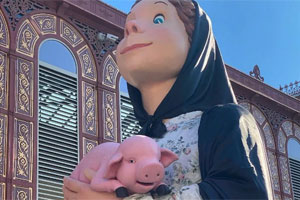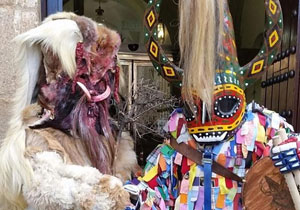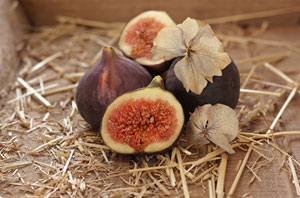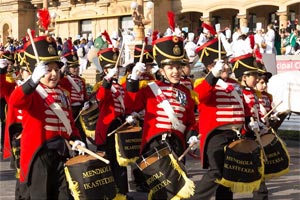The Fallas of Valencia
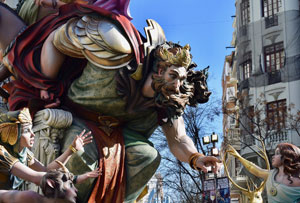
What is the Fiesta de las Fallas in Valencia?
The Fallas of Valencia are the most colorful, fun and favorite festivities of the city of Valencia, Spain. Also called Fiestas Josefinas or Festes de Sant Josep, they have been celebrated since the end of the 19th century in honor of "San José", patron saint of carpenters.
The name of this festivity is allusive to the picturesque sculptural monuments that are placed in the streets and squares of the city. A falla is a figure elaborated by fallero artists with different materials, such as wood, cardboard, stone and polystyrene that represents a theme or satire of the present day. They can measure up to 30 meters in height or more.
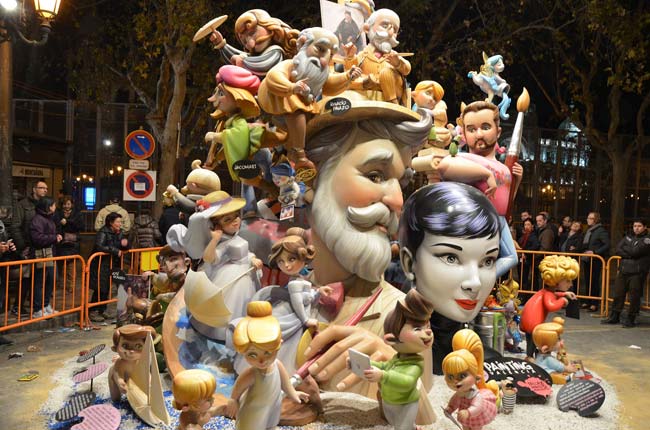
These festivities officially begin on the last Sunday of February, with the act of the Crida (meaning in Valencian "proclamation or call"). They are so popular that they have been considered one of the most important tourist attractions in Spain. In fact, they have been listed as a Festival of International Tourist Interest and are inscribed on the UNESCO Representative List of the Intangible Cultural Heritage of Humanity.
How are Las Fallas celebrated?
The Fallas Festival of Valencia has the best Fallas plans that you can not miss, fire, color and tradition! The falleros and falleras dress up in their colorful traditional costumes, to parade and decorate this festivity so crowded and expected.
The events begin formally on the last Sunday of February with the Crida. It is a proclamation in Spanish, through which the Fallera Mayor invites to enjoy the fallas. All the fallas commissions gather at the gates of the Serra Towers.
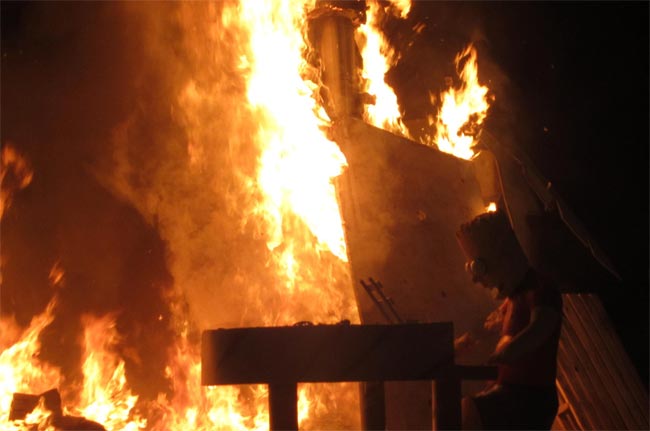
In 2022 the Fallas week takes place from March 15 to 19. This magnificent festivity begins with the Plantà, which consists of the placement of some 800 fallas or fallero monuments (Ninots) with various themes in the streets and squares of the city of Valencia.
You can witness the official contest to select the best fallas, according to their size, theme and originality. Prizes are awarded by category.
The Cavalcade of Fire takes place, which announces the arrival of the fire to burn the fallas. Then the Cremà of the monuments takes place. It is a unique sensation to see the fallas burning in bonfires, illuminating the night in conjunction with the fireworks displays.
These fireworks events are called Mascletà. It is a great display of pyrotechnics, light and color that is celebrated daily in the Town Hall square.
What is the costume used in the Fallas of Valencia?
The traditional costume used for the Fallas is very original and there is a difference between the one worn by women and the one worn by men.
For women, the gala costume is a typical dress, as it was used in the 17th century, with one or three bows incorporated, and the representative footwear is espadrilles, which must match the Fallera attire. It is the typical costume of the Valencian labradora.
For the man, the costume is a striped pants, a silk shirt, a vest, a sash, black socks and the same color for the shoes and in case of using alpargatas de labrador, the sock must be embroidered.
Prizes and awards presented in the Fallas of Valencia
There is a division of the different monuments that compete in the Fallas of Valencia and where each one receives an award for each category. In addition, there are also prizes for the Fallas that have been elaborated with greater originality, ingenuity and grace.
In the case of the children's Fallas and Mayor, there is no prize of any kind, since they do not participate in the competition as such. The same happens with the so-called Falla Arrancapins, which is characterized by its scathing criticism of a given theme.
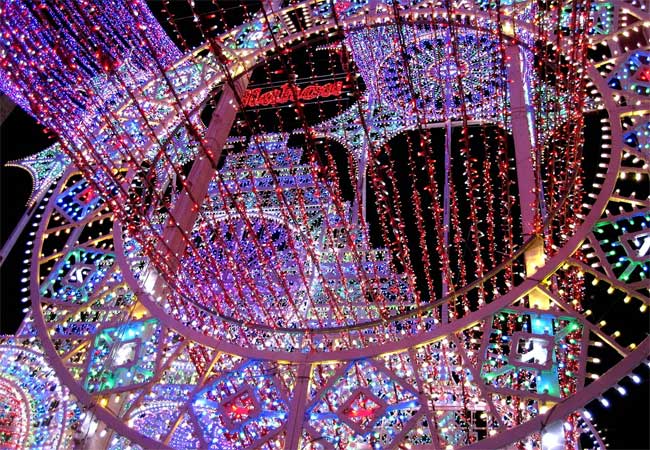
There are other categories of prizes that are awarded in the Fallas of Valencia, such as the lighting award, which is received by the commission in charge of illuminating the streets during this event. This detail, attracts the attention of the participants and in recent years, it has been more noticeable that the streets are illuminated with multicolored lights. The Falla that has received the most recognition and awards for this is the one called Sueca-Literato Azorín, where it has been awarded for 15 years.
Other awards are for the best street decoration, the best Ninot Adapt and the Libret de Falla.
Other wonders of the Fallas of Valencia
Other events that you can enjoy during this week, full of excitement, music and lights are the following:
- Exhibition of the Ninot: annually about 800 ninots selected by the falleras commissions are exhibited, where you can participate in the selection of the ninots that will be pardoned by popular vote, to be transferred to the Fallas Museum.
- Ninot Parade: takes place the following weekend at the beginning of the fallera week. Comparsas are performed and parade figures and floats with an allusive theme, as a satire.
- Cabalgata del Reino or Cabalgata Folclórica Internacional: it is a long parade that gathers the folklore of the Valencian provinces of Alicante, Castejón and Valencia.
- Ofrenda de Fallas: it is one of the most colorful and emotional events of the Fallas. Thousands of flowers are brought to form a natural mantle, as an offering to the Virgen de los Desamparados. It is impressive the dimensions of the large image of the patron saint of Valencia, located in the Plaza de la Virgen.
Origins of the celebration of the Fallas Festival of Valencia
At the end of the 19th century, the carpenters' guild of that time used to light purification bonfires on the eve of St. Joseph's Day, calling this ritual practice "Cremá". The shavings and old junk from the workshops were burned to celebrate the arrival of spring.
On the other hand, the "Parots", structures from which the candles were hung, were burned, since they were no longer necessary with the arrival of spring.
Curiosities of the Fallas Festival of Valencia
- Since 1934 a pardon is granted annually to a Ninot of one of the Fallas, by popular vote. These are exhibited in the Fallas Museum.
- The Falla Na Jordana (year 2001) is considered the tallest and most voluminous falla in history.
- The prizes awarded to the best big and children's fallas are given in the so-called "Special Section".
- The content of the fallas is explained through satirical verses, called the "llibret de la sátira" (satire book).
- The traditional costumes used by the falleras are inspired by the gala costumes of Valencian farm workers. The falleros use the saragüell costume.
Recommendations for visitors
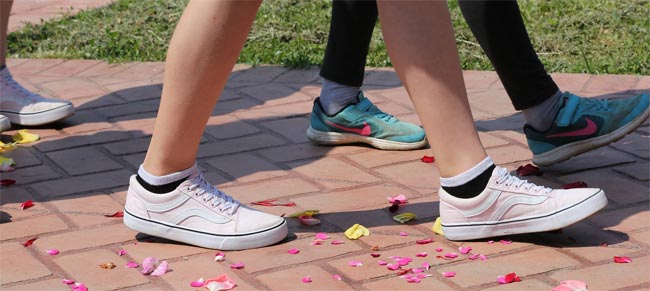
If you want to enjoy these festivities to the fullest, here are some basic recommendations:
- Organize well in advance the visit to these festivities, in order to find the best offers and accommodation options.
- Wear comfortable clothes and shoes.
- Book a guided tour so that you don't miss a single detail of these festivities. Ticket costs for some of the events are affordable.
- In the fireworks or Mascletá it is recommended that you stay at a safe distance.
- If you are staying far from the historic center, use public transportation to avoid the congestion of vehicles in the area.
What else can you see or do in the town if you go to the Fallas festival in Valencia?
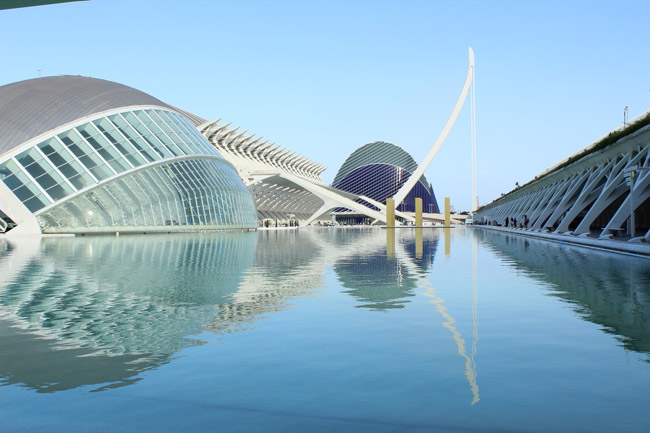
Valencia has several great places to visit and enjoy. What are you waiting for?
- City of Arts and Sciences: it is a complex that has a Science Museum (with a variety of interactive exhibits on science and technology, a space simulator and workshops of "Science on Stage"), Oceanogràfic (the largest aquarium in Europe. It has 45,000 living creatures of some 500 species exhibited in seven environments) and the Hemisfèric (It is a 3D digital cinema, with a concave screen of 900 meters).
- Monuments of the Historic Center of Valencia: through the guided tour "Valencia, the Essence of the Historic Center" you can learn from an official tour guide the following historical sites: La Nao University, Plaza Redonda Plaza Santa Catalina, Royal Basilica of the Virgen de los Desamparados, Town Hall Square, Cathedral, Calle de las Barcas, Plaza de la Reina, Palacio de Marqués de Dos Aguas, Plaza de la Almoinay Plaza de la Virgen. It is a guided tour, fully accessible for people with reduced mobility.
- Church of San Nicolás de Bari and San Pedro Mártir: this magnificent Valencian Sistine Chapel has an audio guide. It is a temple of Gothic structure, with magnificent paintings.
- Fallas Museum: you can admire all the Ninots that have been pardoned since 1934, as well as posters and photographs of the fallas.
- Mestalla Stadium: it is the oldest soccer stadium in Spain, owned by Valencia Club de Fútbol S.A.D.
- Bioparc Valencia: is a magnificent zoological park with an area of about 100,000 square meters, which has a diverse flora and fauna, such as giraffes, gorillas, hippos, elephants and ostriches.
- Parque Natural de l'Albufera: located 10 kilometers from the city. You can enjoy boat rides, as well as participate in the six marked itineraries of this natural park.
Gastronomy of the city of Valencia
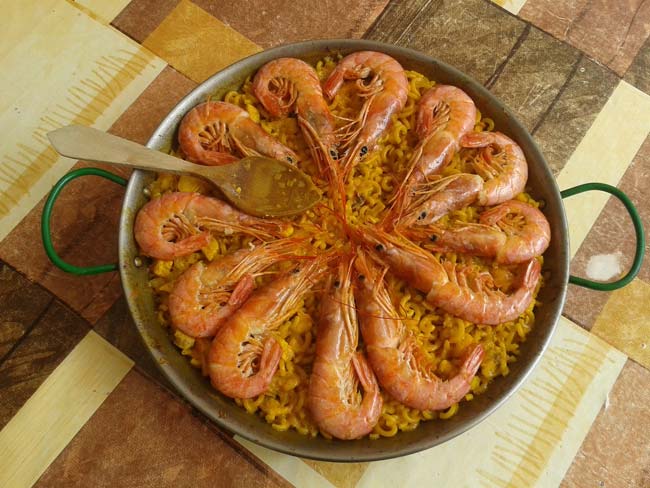
You will have the opportunity to taste the delicious local dishes. Valencia is considered the birthplace of paella and Valencian tapas, a real delicacy:
- Paella valenciana: made with chicken and rabbit meat, with a crunchy layer on the base called socarrat.
- Fideuá: made with noodles, rice, seafood and cuttlefish.
- Puchero valenciano: is the Valencian version of stew.
- Cocas: a kind of tomato and bell pepper pizza.
- Typical sweets: you have a wide variety to choose from: nougat, arnadí, Sant Donís fruits, fartons, coca de llanda, panquemao.

